
On September 12, Apple will reveal the iPhone 15 and transition from its long-running Lightning connector to USB-C. When a similar switch was made from the 30-pin connector to Lightning over a decade ago, it resulted in a firestorm among Apple faithful who had invested money in cables and accessories designed for the 30-pin connector.
Nearly a dozen years later, and we’re on the precipice of another I/O shift with the move to USB-C – but there will be no firestorm this time, or at least there shouldn’t be…
Unlike the switch to Lightning, which was a decision spearheaded by Apple leadership, the switch to USB-C is one of legislative necessity. European regulation requiring USB-C is set to take effect next year.
Despite its hand being forced, Apple will no doubt describe the change as one that it made for the benefit of its users, with nary a mention of government regulation. And for the most part, I will agree with the picture that company executives will attempt to illustrate about how beneficial the change will be.
Unlike the previous transition to Lightning, there are several reasons why the move to USB-C will be a much more palatable change for consumers.
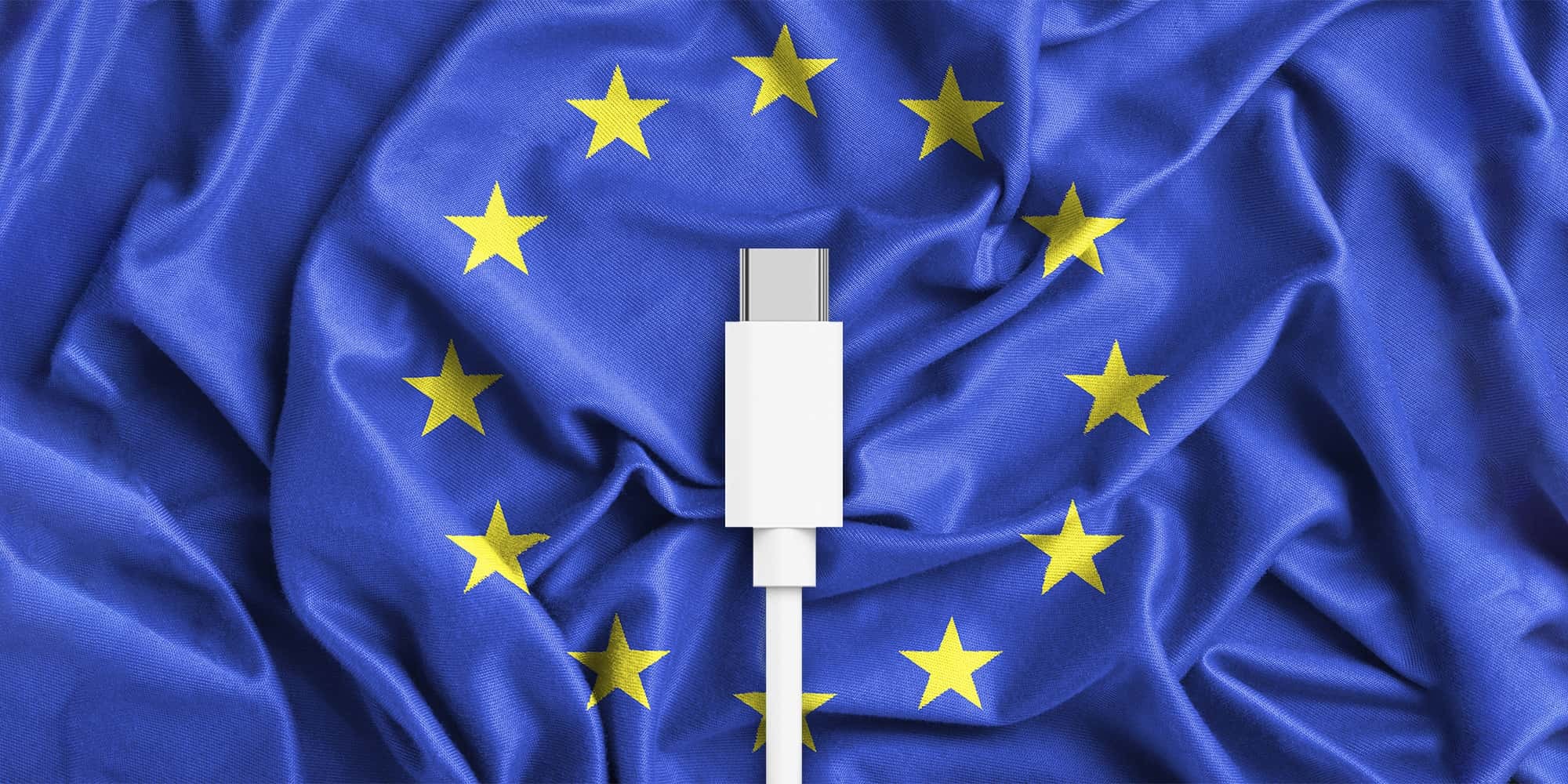
For starters, Apple’s Lightning connector was a brand new connector when it debuted with the iPhone 5. Up until the iPhone 5’s release, no one had seen a Lightning connector in person, let alone owned Lightning cables and accessories. The transition from the 30-pin connector to Lightning was a jarring change because it required brand new accessories, cables, etc. You could purchase adapters, but it was about as drastic of an I/O change as you could conceive at the time.
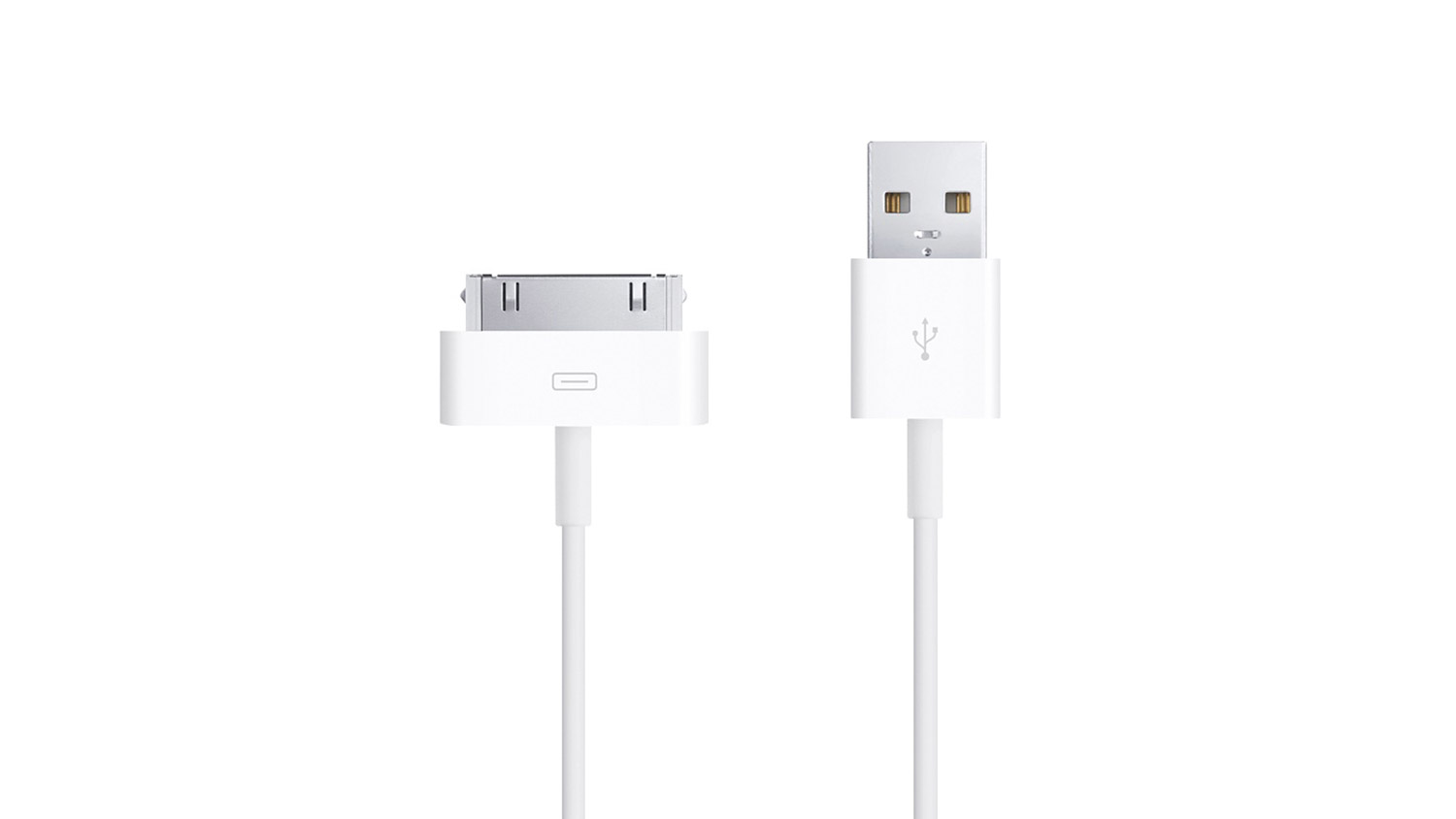
USB-C, on the other hand, despite being new to the iPhone lineup, is already a ubiquitous connector in the world of technology. Android phones have been using USB-C for years. One could make the argument that the move to USB-C removes a barrier that could make it easier for waffling iPhone users to switch to Android, but the reverse is also true.
USB-C is much more widespread than just being featured on the latest Galaxy or Pixel phone. My car has USB-C ports, my exercise bike has USB-C ports, my Nintendo Switch uses USB-C, my Sony camera and my microphone uses USB-C. USB-C is literally everywhere, and chances are, if you’re the type of person who considers purchasing an iPhone 15 on day one, you already have several USB-C devices, alongside a myriad of USB-C cables and power adapters.

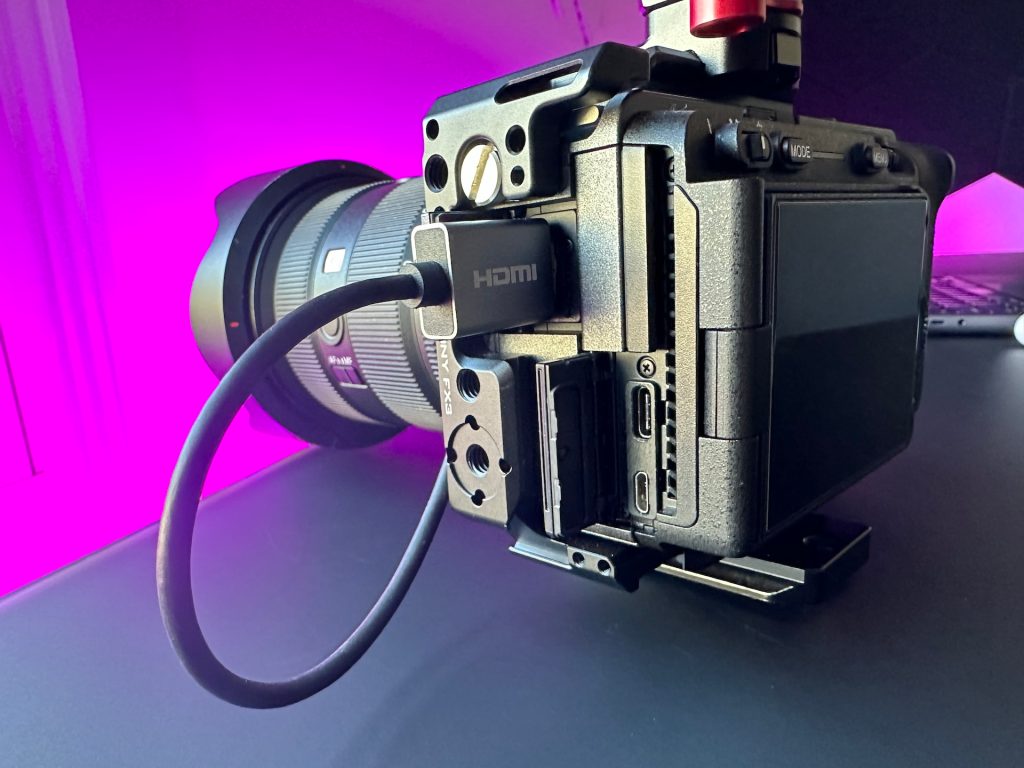
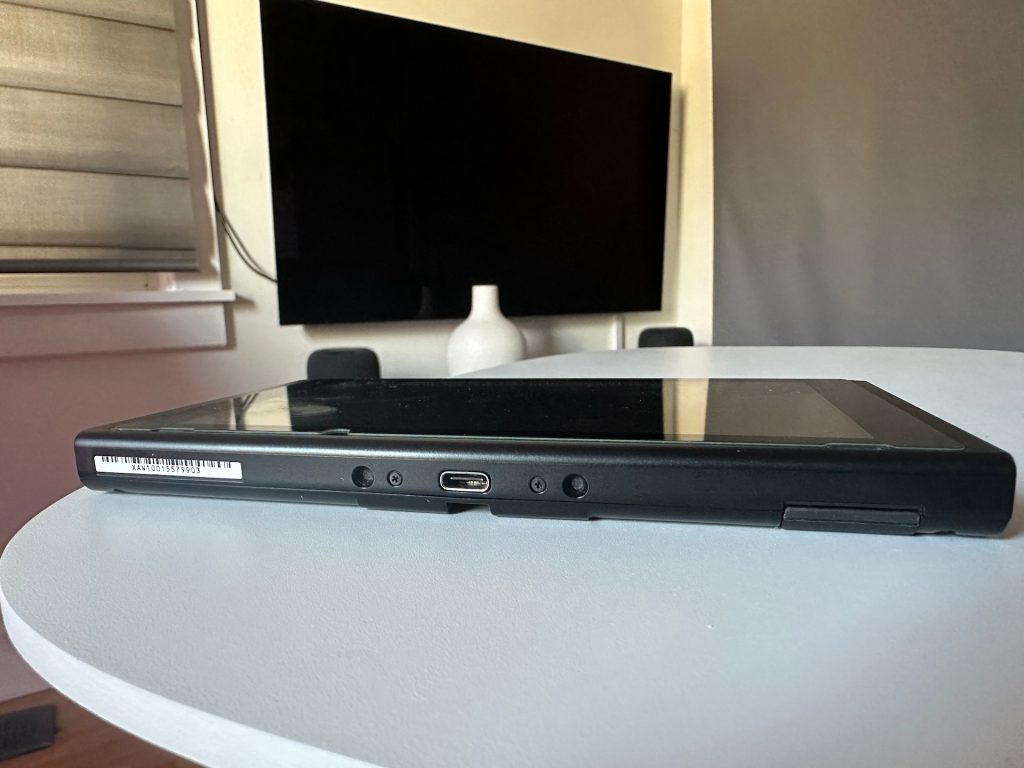
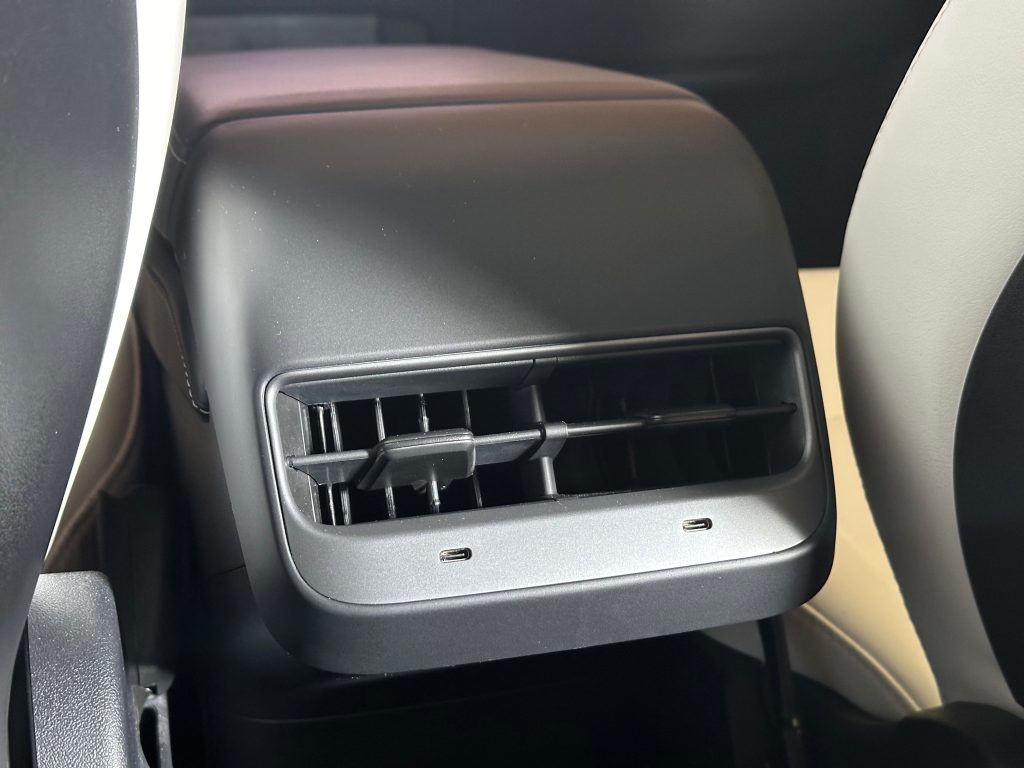

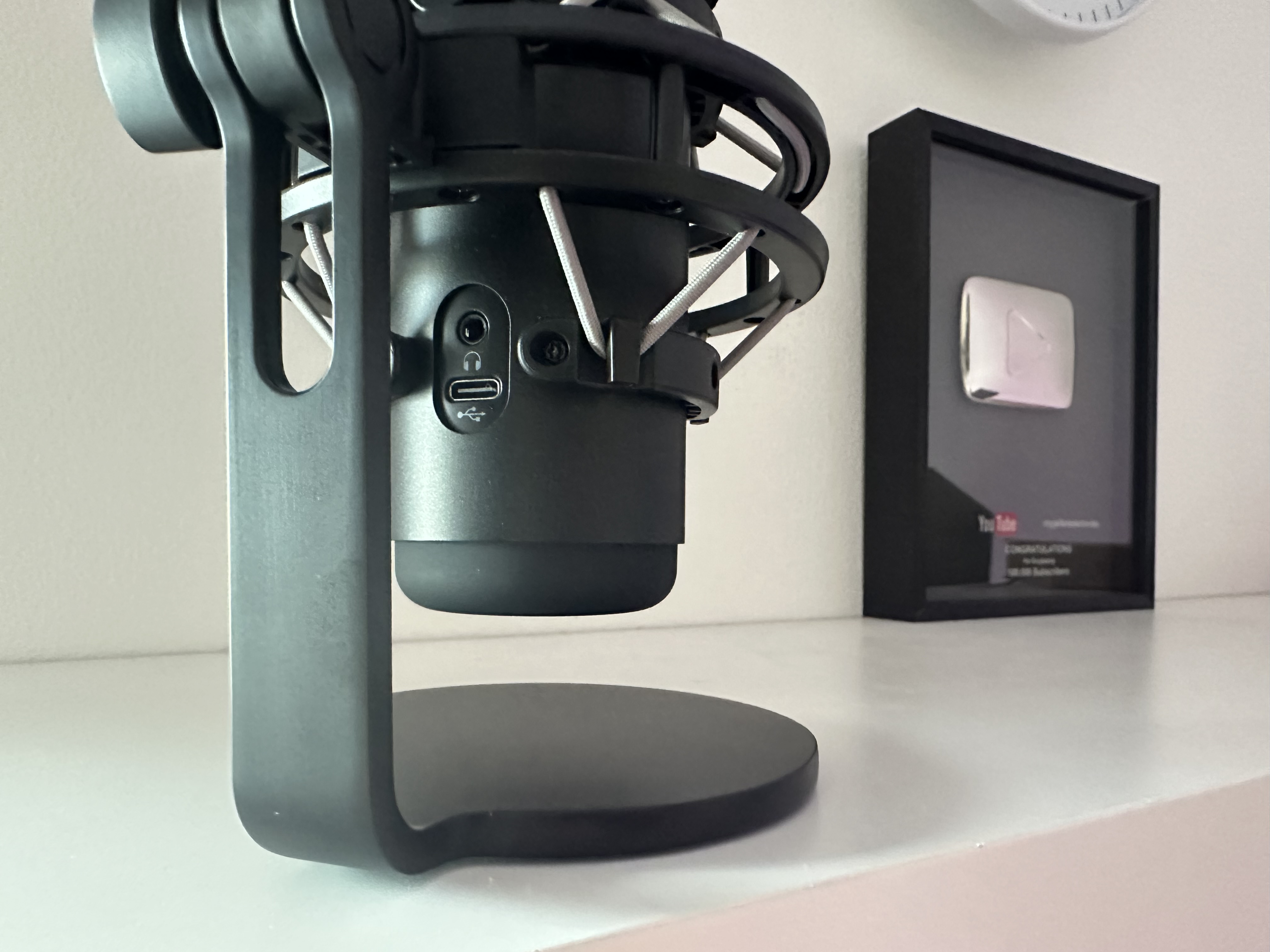
But what makes the move even less of a problem is the fact that Apple already uses USB-C on many of its own popular products. USB-C was first introduced to the Apple ecosystem back in April, 2015 with the severely-underpowered, but forward-thinking 12-inch MacBook. A year later, the USB-C port became much more mainstream with the launch of the 2016 MacBook Pro refresh, controversial butterfly keyboard in tow.
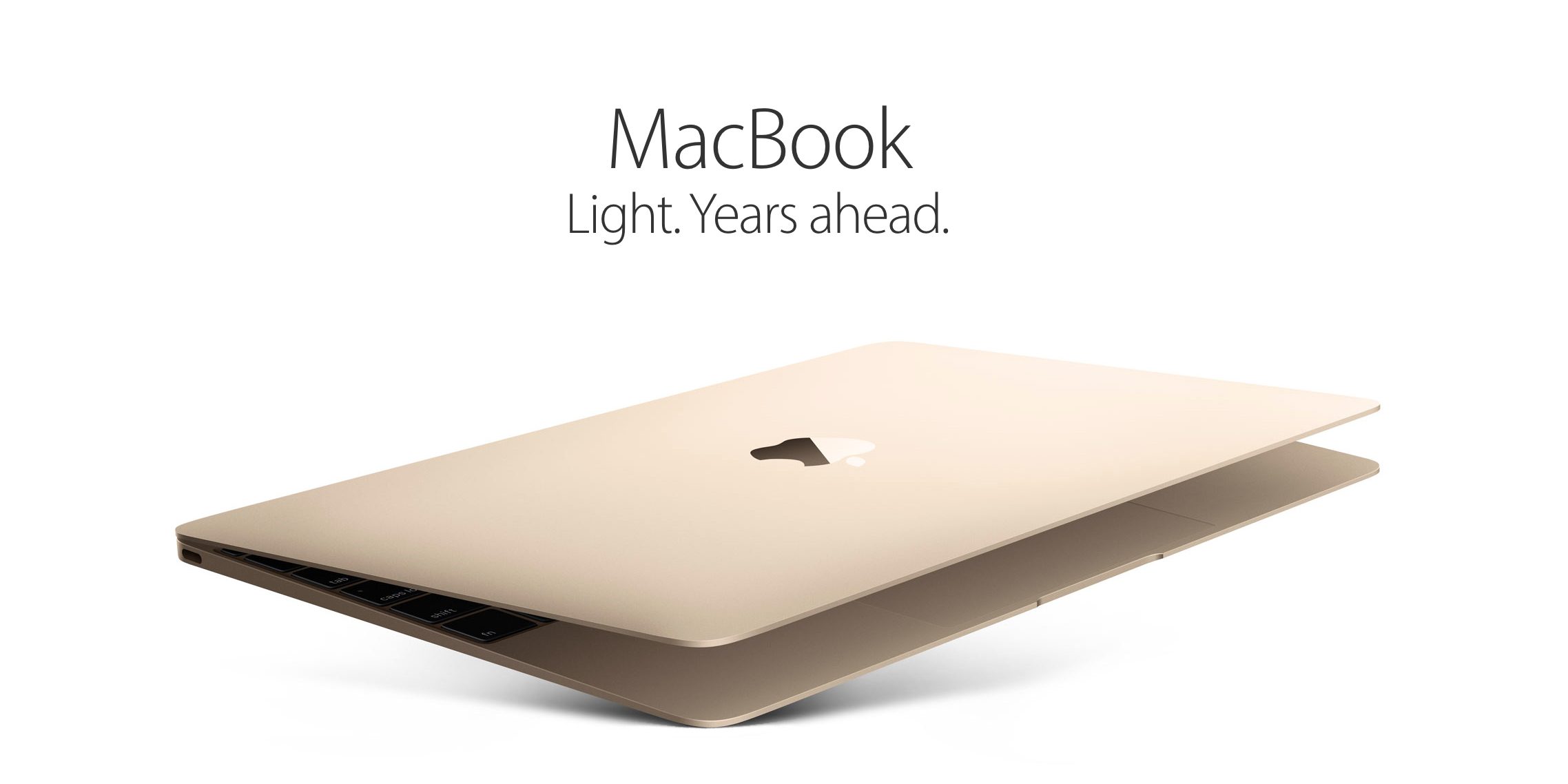
Since the launch of that MacBook Pro, Apple has released other products with USB-C connectivity, including various iterations of the MacBook lineup, iMac, Mac Studio, Mac Pro, the iPad Pro, iPad Air, iPad mini, base model iPad, HomePod mini, Apple TV, and even the Siri Remote for Apple TV.
Apple already sells a plethora of USB-C cables and accessories in its stores, along with lots of third-party accessories that sport USB-C ports and cables. A quick search for “USB-C” via Apple’s online store reveals no less than five pages of results ranging from your basic cables, to power banks, docks, hubs, external drives, etc.
On September 12, when Apple reveals the iPhone 15 and discusses its many merits, it will pause to highlight the transition to USB-C. Apple will talk about the benefits of the move to USB-C and for the most part, it will be right to do so.
Top comment by Mark Kradel
For me, I love the fact that it will be USB-C. It is the opposite of painful. It’s welcome. Personally rarely use wireless charging.
9to5mac has learned that at least some of the iPhone 15 models revealed at Apple’s September event will support 35W fast charging, a direct benefit to having USB-C connectivity.
Along with faster charging speeds, the adoption of USB-C will result in much faster data transfer rates. Up until now, Lightning has been stuck in the slow lane, maxing out at a downright embarrassing 480Mbps (USB 2.0) on iPhone. Today’s iPhones can shoot multi-gigabyte 4K30 HDR video in ProRes format. Moving such large video files to another device for post production has been, up until now, a downright painful exercise at USB 2.0 speeds.

For many, the biggest convenience will stem from no longer needing to carry around two types of cables while traveling. I can’t tell you how many times I’ve grabbed a USB-C cable when I needed a Lightning cable, or vice versa. It’s one of those little things that’s needlessly frustrating and annoying. Now, it won’t matter. The same cable that I use to charge my iPad Pro will be able to charge my iPhone, and the same cable that I use to connect an external drive to my MacBook Pro will be able to connect to my iPhone. Not to mention the amount of new peripheral connections that having a native USB-C port may enable.
It might sting a bit to sunset the Lightning cables and accessories we own, but make no mistake, the switch to USB-C is a win for iPhone customers, and it’ll be nowhere near as painful as it was the last time such a change occurred.
FTC: We use income earning auto affiliate links. More.








Comments